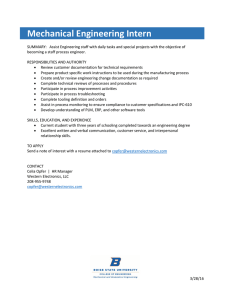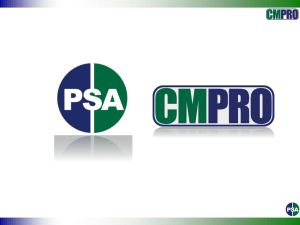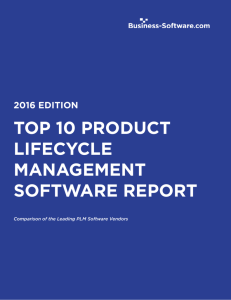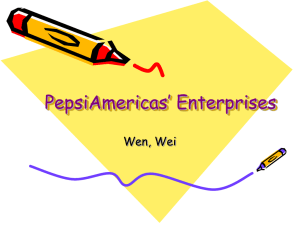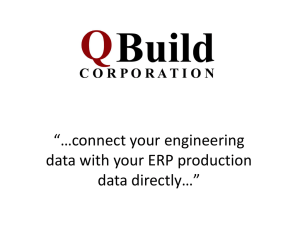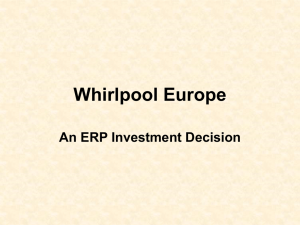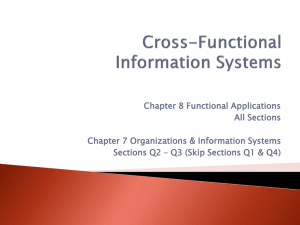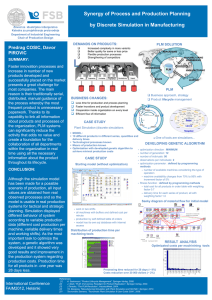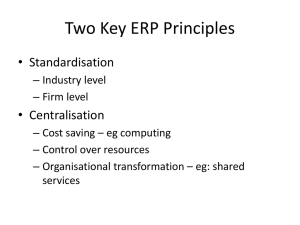Karim Aguib
advertisement
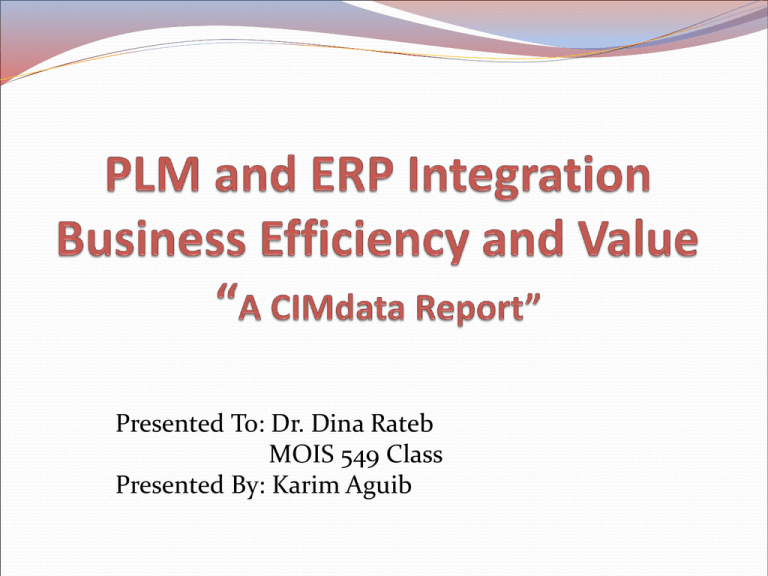
Presented To: Dr. Dina Rateb MOIS 549 Class Presented By: Karim Aguib AGENDA Introduction What is PLM What is ERP Paper Scope Why Integrate Implementation Considerations Approaches to Development Conclusion Introduction ERP is the beginning not the end Being able to manage resources of the enterprise, empowers the innovation process if they can communicate Marriage between ERP and PLM is the logical step for companies to gain competitive edge in shorter product to market cycles What is PLM Product Lifecycle Management (PLM) Manages the innovation process – The Intellectual Domain of the firm Focuses on the digital content of the innovation process Manages definition lifecycle and the relationships between product related information and processes What is ERP Enterprise Resource Planning (ERP) Focuses on the physical transaction-oriented business processes and deliverable assets – The deliverables Domain of the firm Addresses production planning, scheduling, inventory management, cost and other physical aspects of product production Paper Scope Discuss business motivations for integrating PLM and ERP Factors to consider for the integration Various approaches and methods for the integration Why Integrate Key figures for integration benefits: 75% reduction in time, cost and errors associated with reentering data from one system to the other 75% reduction in BOM error cost 15% reduction in inventory costs 8% reduction in scrap of materials Ensures consistency of BOM, product change and other related information used throughout the enterprise Large enterprises integrate PLM and ERP to work downward along their supply value chain Small to medium enterprises (SMEs) integrate to enable them be more responsive and accurate towards requests from upstream partners Implementation Considerations Level of integration – One way transfer all the way to an immersive bi-directional environment where users have access to both domains Organizational and Cultural Factors Users are from different camps Determine which domain owns and controls information Business Practice Factors Understand how a specific business operates Implementation Considerations Technology factors Type of information to be integrated Processes to be supported Type and complexity of integration required Tools and methods to be used to create and maintain the integration Integration levels: Product structure and BOM Supplier details, inventory, manufacturing processes and routings Approaches to Development Encapsulation Creating a data package and transferring to ERP system Can’t manage data inside the file Interface Exchange data automatically PLM functions to be provided via ERP means Integration Full automatic exchange of all types of product data and meta-data between the two domains Approaches to Development Different approaches for integration include: Information portals Point-to-point integration Enterprise Application Integration (EAI) tool sets Supplier-provided out-of-the-box integration Custom implementations Conclusion Integration process enhances productivity of users of both domains To realize the benefits, there has to be efficient flow of information between both domains Data and process ownership Defining master source of information Level of integration required How processes will be managed that cover the two domains Integration requires significant amount of custom services QUESTIONS
